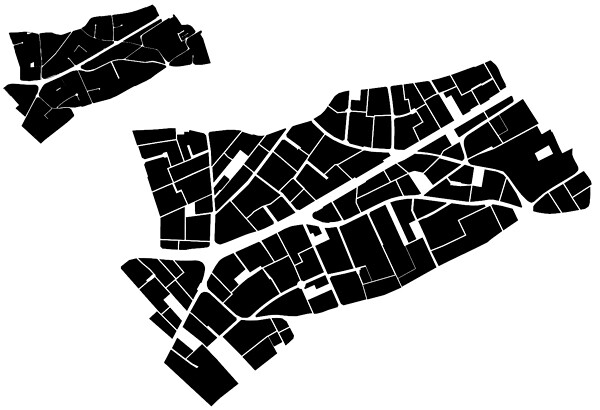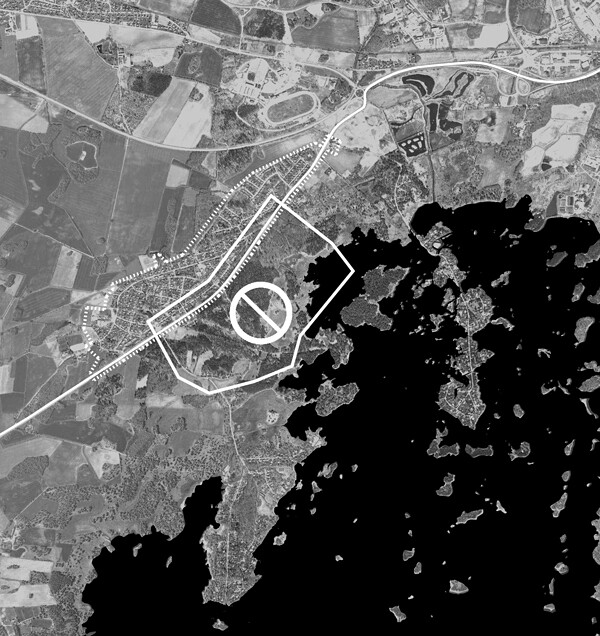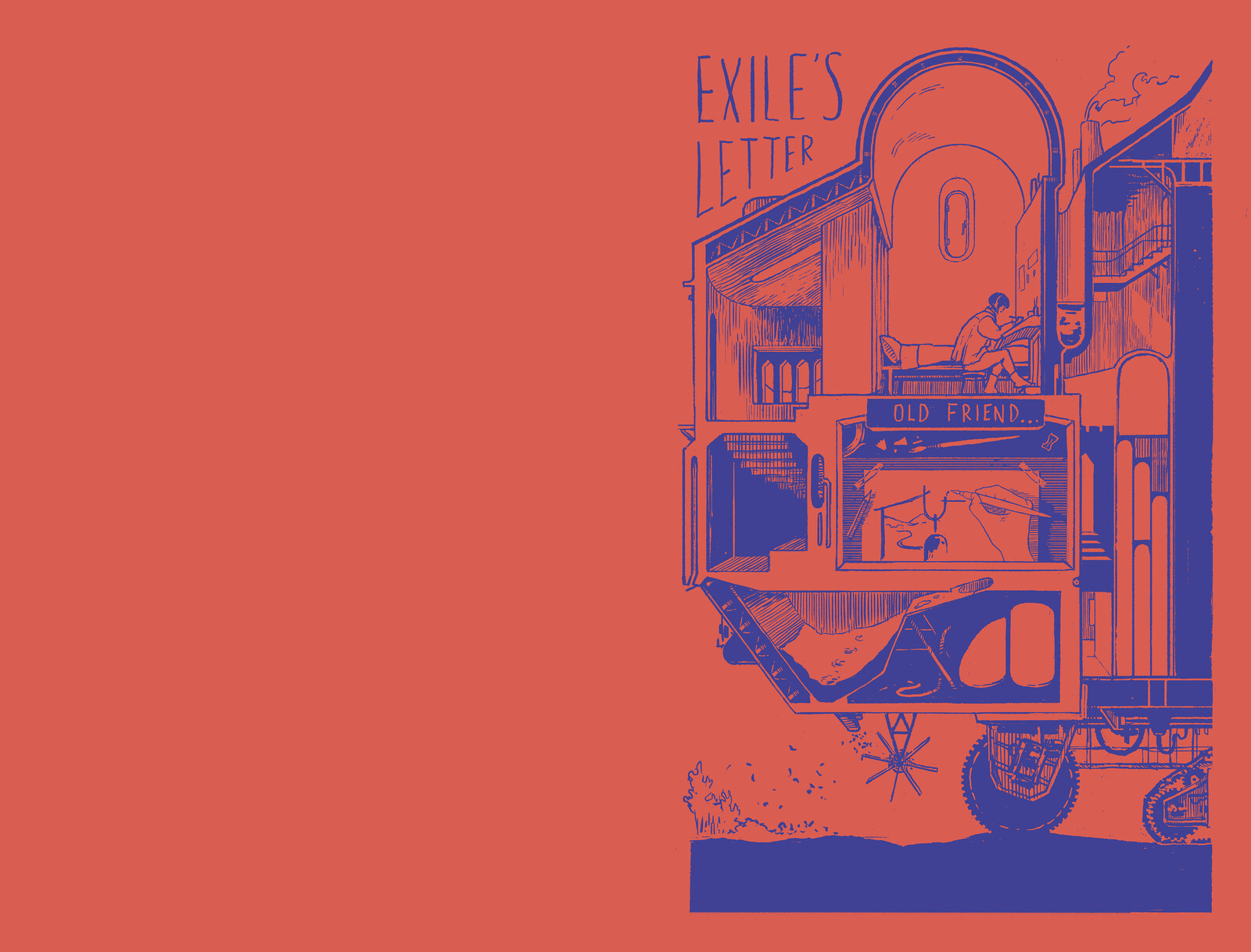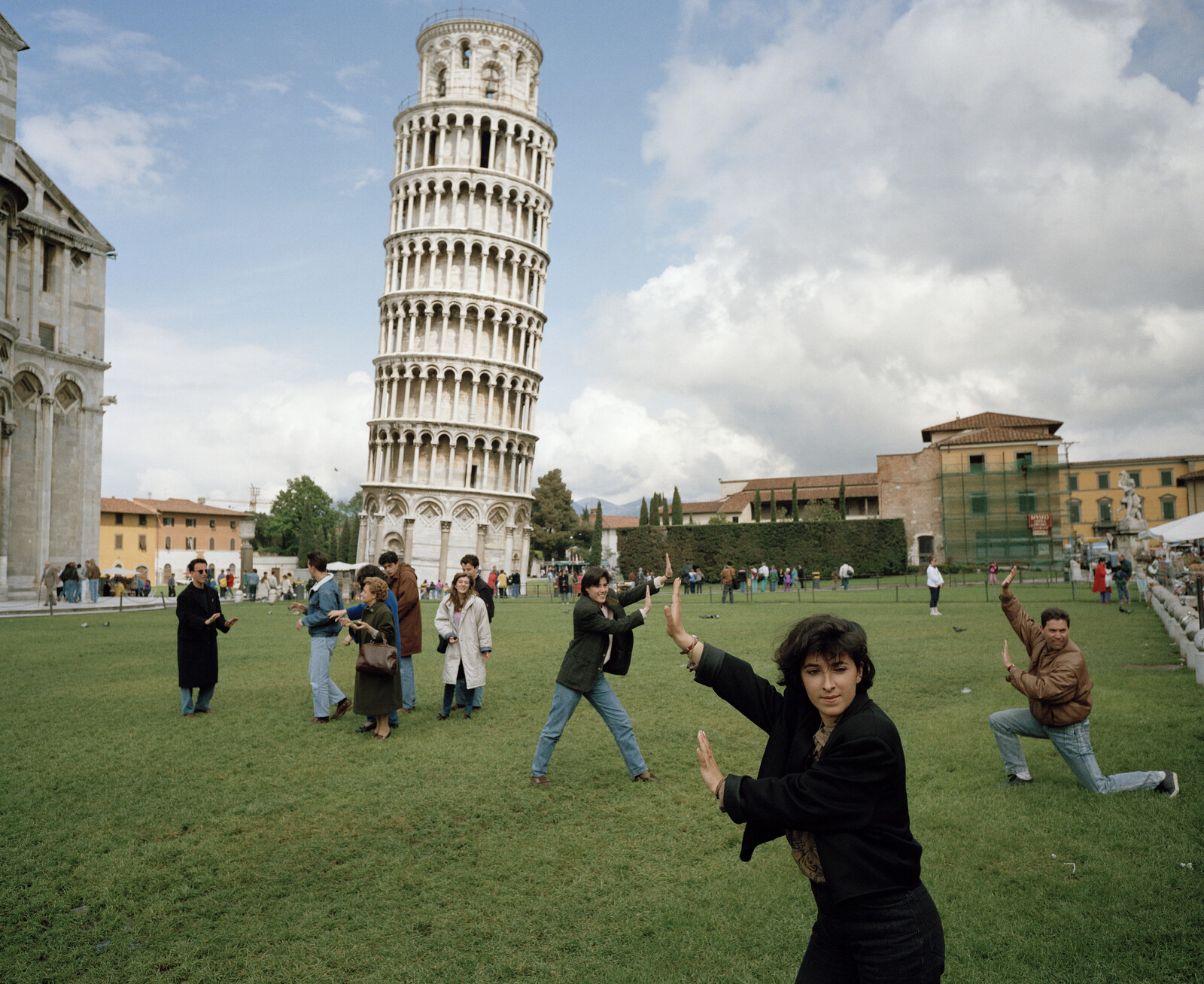Less and less do you need to force things, until you arrive at non-action. When nothing is done, nothing is left undone
—Lao Tse1
The purpose of architecture is not to build, but rather to improve people’s lives. Consequently, building should be just one option when intervening in the built environment, and the discipline itself should develop and put forward new methodologies for subtraction and renunciation.
Thinking about what should be reduced, reused, or eliminated is anathema to a paradigm of practice and development where growth is perceived as something natural, inexorable, desirable, and logical. It is therefore essential to develop technical, social, economic, environmental, and political arguments that demonstrate the positive aspect of doing nothing.
Citizens yearn to enjoy space. Architecture’s legitimacy comes from contributing to the production of an inclusive, optimal, more humane built environment. But the best works of architecture are, in many cases, ones that are not built.2 Architecture is a means to create a physical support for the complexity of human activities to take place. Making a city implies creating space for life, in any and all of its forms. Cities contain places for activities that have yet to be defined. Architecture should thus aim to design environments capable of accommodating the unknown.
Tomorrow’s urban planning must understand why our cities are built in the way that they are. It must fulfill the needs that are currently supported by them while taking on the challenge of meeting new demands. It must operate on what already exists, part of which means detecting and diagnosing dysfunctions and latent opportunities currently in play.
Diversity, integration, and social connectivity are necessary conditions for sustainability. A city that values encounters, enjoyment, and exchange requires a complex and dense urban fabric so as to ensure universal accessibility to services.3 Much like politicians, the city should be in service of its citizens. It should be based on a human scale, and adapt itself to reduce distance, cost, and time. The citizen is the true owner of the metropolis.4
Transforming the physical framework of the city must be complemented by a transformation in the institutions that manage space, establish laws, and empower citizens. Towards these ends, a new framework for recognition, validation, and certification is proposed for urban products, practices, methodologies, and processes that adhere to the aforementioned principles and comply with a set of criteria as outlined below to ensure environmental, economic, social, and cultural sustainability.5
The main objectives are the following:
· Order land in a way that is compatible with its territorial environment
· Conserve and enhance natural, social, and cultural heritage
· Protect the landscape
· Encourage density, compactness, urban balance, and universal provision of basic services
· Reduce pollution
· Ensure functional complexity and diversity
· Promote urban regeneration
· Improve the quality and sustainability of buildings
· Guarantee the quality and universal accessibility of public spaces
· Improve energy efficiency
· Optimize and reduce the consumption of energy and materials
· Promote the circular economy of materials
· Reduce waste and encourage reuse and recycling
· Encourage proximity
· Promote sustainable modes of transport
The framework for certification materializes as the UNRENOT Intervention seal. The certification system and its methodology is open to the public through the n´UNDO Projects Innovation Institute, a non-profit organization that seeks to empower citizens and municipalities and bring about an urban re-evolution.
The Institute administers the publicly available n´UNDO Certified™ Project Standard with the UNRENOT Intervention seal, which provides architects, designers, planners and engineerers, as well as governmental officials, regulators, municipalities, institutions, the private sector and citizens with clear, visible, and tangible criteria to certify a project’s quality of continuous urban improvement as well as commitment to sustainability and local communities.
The UNRENOT Intervention seal is granted to interventions that either UNDO, REDO, or NOT DO. Each area is detailed below, and are complemented by a series of projects that demonstrate best practice.


All the elements in Atocha station (left). n’UNDO, SUBTRACTION Plan Atocha, 2018, Madrid (right).
UNDO
Elimination
Projects can be certified for elimination if they demonstrably subtract, dismantle, reuse, re-manufacture, or recycle any of the following:
· Obsolete, misplaced, or redundant elements
· Harmful interventions to heritage
· Barriers to universal accessibility
· Illegal constructions
· Obsolete temporary constructions
Minimization
Projects can be certified for minimization if they demonstrably improve the environment by reducing the origin and effects of urban and territorial variables considered harmful, in order to improve the environment in terms of efficiency, sustainability, and health in any of the following categories:
· Noise pollution
· Environmental pollution
· Light pollution
· Visual impact and landscape distortion
· Dysfunctional mobility and accessibility
· Advertising excess
· Waste production
· Energy consumption


Study of pre-existing traffic and pedestrian routes (top-left). n’UNDO, MINIMIZATION Plan Geneva, 2015, Geneva (bottom-right), resulting from the elimination of barriers and the opening of private plots.
REDO
Reutilization
Projects can be certified for reutilization if they demonstrably manage and/or use any of the following in order to improve the city, public space, or social relations among citizens:
· Vacant urban land
· Residual or interstitial spaces
· Historical or heritage structures
· Undeveloped areas previously designated for development
Use the image provided
(Footnote for Don Benito project: Empty Spaces Plan, Don Benito (2013). Europan. Study of empty spaces in the city (plots, courtyards, open spaces). Socio-economic proposal for the use of patios as a cultural and tourist resource and of empty plots of land as deterrent parking areas.)
Recovery
Projects can be certified for recovery if they demonstrably revitalize, reactivate or recover spaces subject to any of the following conditions:
· Deterioration
· Abandonment
· Spaces that have lost their original use


Study of traditional fountains and water sources. n’UNDO, Restoration Plan, 2012, Villarino de los Aires.
DO NOT
Protection
Projects can be certified for protection when they demonstrate the value of protecting and conserving natural and cultural heritage, territory, or landscape, by analyzing the implications of any of the following:
· Buildings
· Infrastructure
· Urban developments
· Rezoning
· Land use reclassification
· Territorial plans
Reservation
Projects can be certified for reservation when they safeguard an ecosystem and its capacity to sustain the conservation and use of its natural, cultural, and landscape resources by preserving any of the following:
· Territory
· Views and horizons
· Livestock and agricultural heritage
· Cultural landscapes


Strategy for the non-construction of residential developments in municipal wetland areas. n’UNDO, No Construction Plan, 2015, Kalmar.
Methodology
Interventions whose approach address at least one of the above considerations can be considered for certification. The UNRENOT Intervention seal aims to help citizens know what products, practices, methodologies, and processes are sustainable with an exhaustive definition.
Interventions will be measured by qualitative indicators—which make it possible to identify the measures and actions that have been or are planned to be carried out—as well as quantitative indicators—which are calculated according to each intervention.
Project assessments are performed by a qualified independent organization trained by the Institute. Assessment Summary Reports are reviewed by the Institute, which certifies projects and products meeting the Standard requirements, and licenses the use of the UNRENOT Intervention seal to the project.
The certification process recognizes transition and human intention as part of any successful protocol. The goal of the UNRENOT Intervention seal is not “zero” or simply reducing the human and environmental impact of a project, but rather the progressive reduction of “bad” with an increase in “good.” The UNRENOT Inervention seal is therefore only valid for two years, after which a re-certification procedure must be undertaken to demonstrate continued improvement.
Process to get certified
1. Determine if the project is appropriate for certification
· Is it within the scope of certification?
· Does it comply with the United Nations’ Sustainable Development Goals?
· Is there a commitment to continuous improvement and process optimization?
· Does the project meet eligibility requirements in the n´UNDO Certified™ Projects Standard?
2. Select an Accredited Assessment Body for the testing, analysis, and evaluation of projects
· Select from the list of Accredited Assessment Bodies
· Develop a certification plan including cost, timeline, and necessary resources
3. Work with the Assessment Body to compile and evaluate data and documentation
· Work with assessors and supply chain to collect data
· Assessor evaluates data based on Standard criteria
· Work with assessors to develop optimization strategies
· Submit an Assessment Summary Report, assembled by the assessor to the Institute, for final review
4. Receive certification
· The Institute reviews the Assessment Summary Report to ensure completeness and accuracy
· Applicant signs a Trademark License Agreement, and pays the certification fee to the Institute
· The Institute makes the final certification decision, conferring a certificate and the use of the UNRENOT Certified™ Seal per the requirements of the Trademark Use Guidelines
· Work with the Institute to add the project to the Institute’s project registry
5. Work with Institute and marketing teams
· The story of your project’s story of innovation and certification should be shared with users, social agents, and customers
6. Report your progress
· Every two years, work with the assessor and supply chain to gather new data for re-certification
· Assessor evaluates data and progress on optimization strategies
· Re-certification Assessment Summary Report submitted to the Institute for review
· Receive new certification
Lao Tse, Tao Teh Ching (Harper Perennial, 2006).
Alejandro de la Sota used to claim that the best architecture is that which is not built.
Ana Sugranyes and Charlotte Mathivet, eds., Cities for All: Proposals and Experiences towards the Right to the City (Habitat International Coalition, 2010).
David Harvey, presentation at the World Social Forum, Belem, January 29, 2009.
These are aligned with the United Nations’ Sustainable Development Objectives. See ➝.
Overgrowth is a collaboration between e-flux Architecture and the Oslo Architecture Triennale within the context of its 2019 edition, and is supported by the Nordic Culture Fond and the Nordic Culture Point.













.jpg,1600)

.jpg,1600)







